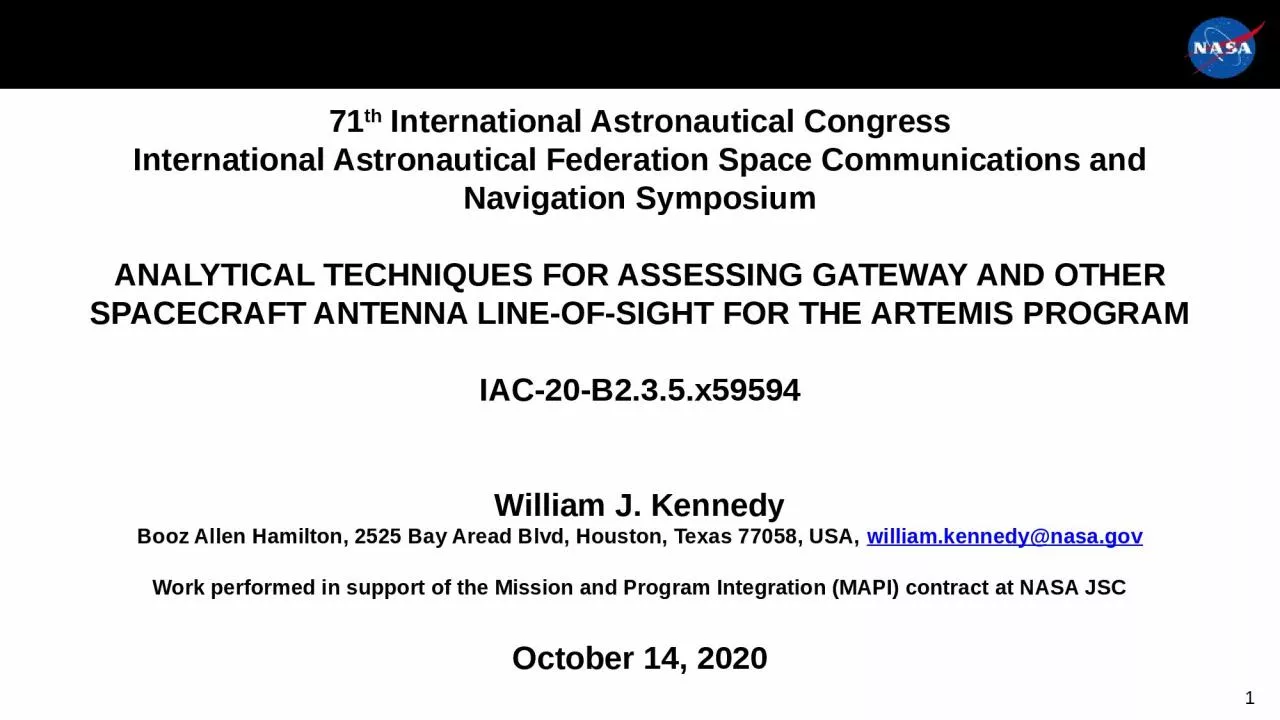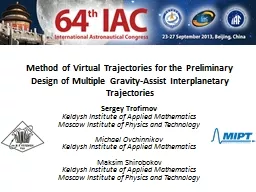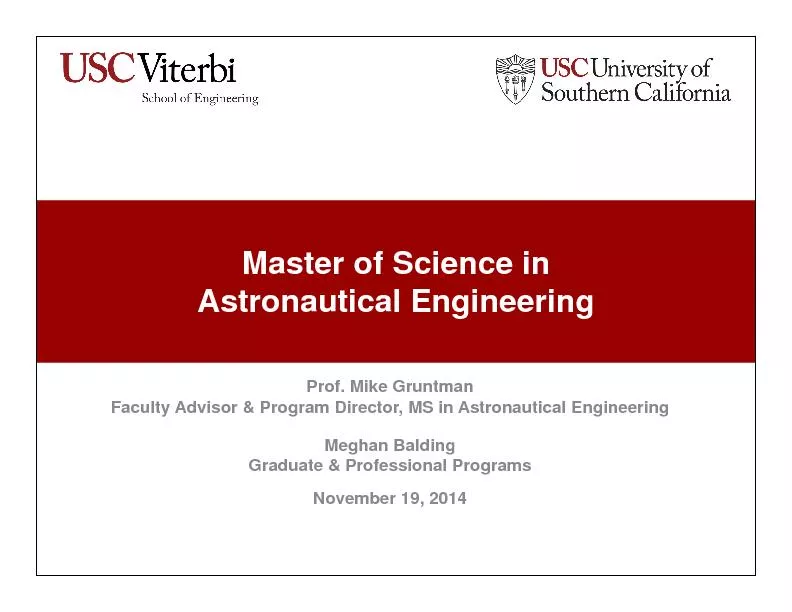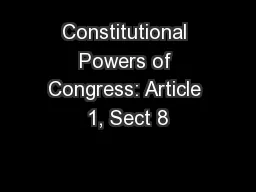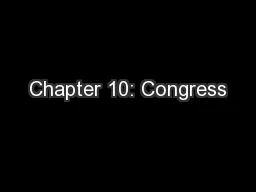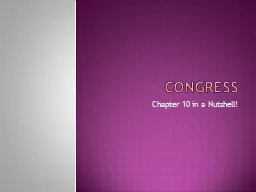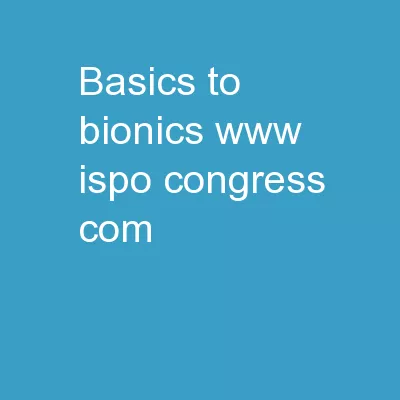PPT-71 th International Astronautical Congress
Author : LoudAndProud | Published Date : 2022-08-01
International Astronautical Federation Space Communications and Navigation Symposium ANALYTICAL TECHNIQUES FOR ASSESSING GATEWAY AND OTHER SPACECRAFT ANTENNA LINEOFSIGHT
Presentation Embed Code
Download Presentation
Download Presentation The PPT/PDF document "71 th International Astronautical Congr..." is the property of its rightful owner. Permission is granted to download and print the materials on this website for personal, non-commercial use only, and to display it on your personal computer provided you do not modify the materials and that you retain all copyright notices contained in the materials. By downloading content from our website, you accept the terms of this agreement.
71 th International Astronautical Congress: Transcript
Download Rules Of Document
"71 th International Astronautical Congress"The content belongs to its owner. You may download and print it for personal use, without modification, and keep all copyright notices. By downloading, you agree to these terms.
Related Documents

